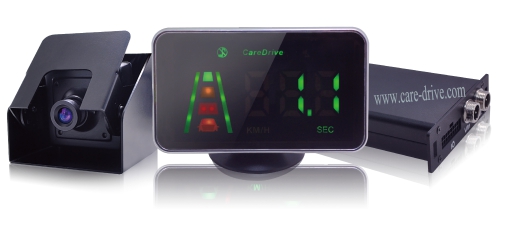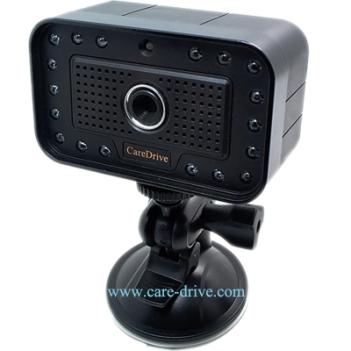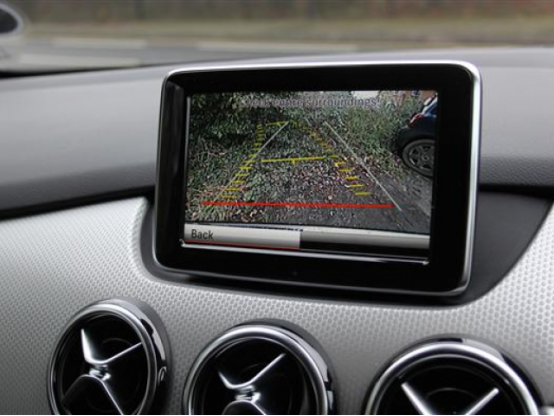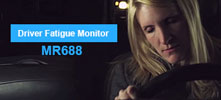Hot News
- <a title="What is Defensive Driving?" href="/info/news/news-469.html">What is Defensive Driving?
- <a title="What are the hazards of fatigue driving?" href="/info/news/aaa.html">What are the hazards of fatigue driving?
- MR688/MR688B Video Of Application In Mining
- A large truck crashed the roadside collision fence due to the driver’s fatigue driving
- What are the characteristics of UWB positioning technology?

Current Active Safety Systems
Headline
Current Active Safety Systems Manufacturers routinely use unique, marketing-friendly names for their various systems. This makes it confusing to know the systems full capabilities. When you are shopping for a new vehicle, make sure to ask what the sa
Current Active Safety Systems
Manufacturers routinely use unique, marketing-friendly names for their various systems. This makes it confusing to know the system’s full capabilities. When you are shopping for a new vehicle, make sure to ask what the safety feature does. Here is a detailed listing of the available systems in the market.
Rear cross-traffic alert
Cross-traffic alert warns you of traffic approaching from the sides as you reverse. The warning usually consists of an audible chirp and a visual cue in either the outside mirror or the rear camera’s dash display. The more advanced systems can also pick out bicycles and pedestrians.
Forward-collision warning (FCW)
Also called a pre-crash warning system, these stand-alone or combined radar-, laser-, or camera-based systems warn drivers of an impending collision by using visual, auditory, or physical cues. 
Blind-spot monitoring (BSM) and assist
A blind-spot monitoring system uses radars or cameras to scan the areas beside and behind you, looking for vehicles entering or lurking in your blind zones. When such a vehicle is detected, an illuminated icon appears in or near the appropriate side-view mirror. If you signal a turn while a car is in your blind zone, some systems send a stronger alert, such as a blinking light or louder chirps.
Adaptive headlights
As you turn the steering wheel adaptive headlights will swivel, which helps illuminate the road when going around curves. A 2014 IIHS study found that adaptive headlights improved drivers’ reaction times by about a third of a second. That could be just enough to avoid, say, hitting a parked car on a dark road.
Lane departure warning (LDW) and assist LDW
These systems use a camera, along with various sensors, to identify lane markers and monitor your distance from them. If you stray over the line without signaling, you’ll hear a warning tone or perhaps a physical alert like a vibration in the steering wheel or seat. More advanced “lane keeping assist” (LKA) systems selectively apply brakes or nudge the steering to guide you back if you’re wandering.

Drowsiness detection
Various methods are used to detect if a driver is tired or falling asleep. CareDrive’s Driver Fatigue Monitor MR688 uses a camera computer to detect the pupil of the driver and computer algorithm to judge if the driver becomes fatigued. Other systems monitor the car’s position within its lane of travel, looking for erratic maneuvers indicative of inattention. Alerts may include a chime, a dab on the brakes, a tug on the shoulder belt, and/or an illuminated cup-of-coffee icon on the instrument panel.

Automatic park assist
The system will identify a parallel or perpendicular parking space your car can fit into. Once found, the system steers the car into the space; some can also exit from parallel parking spaces. The driver still does the braking and has to follow commands from the system.
Rear cameras and parking assist
Rear-view cameras will be mandatory with the 2018 model year. They can help prevent a back-over accident, such as hitting a child who wanders behind your car. Parking assist sensor systems notify you with progressively louder and quicker beeps as you close in on an obstacle.



